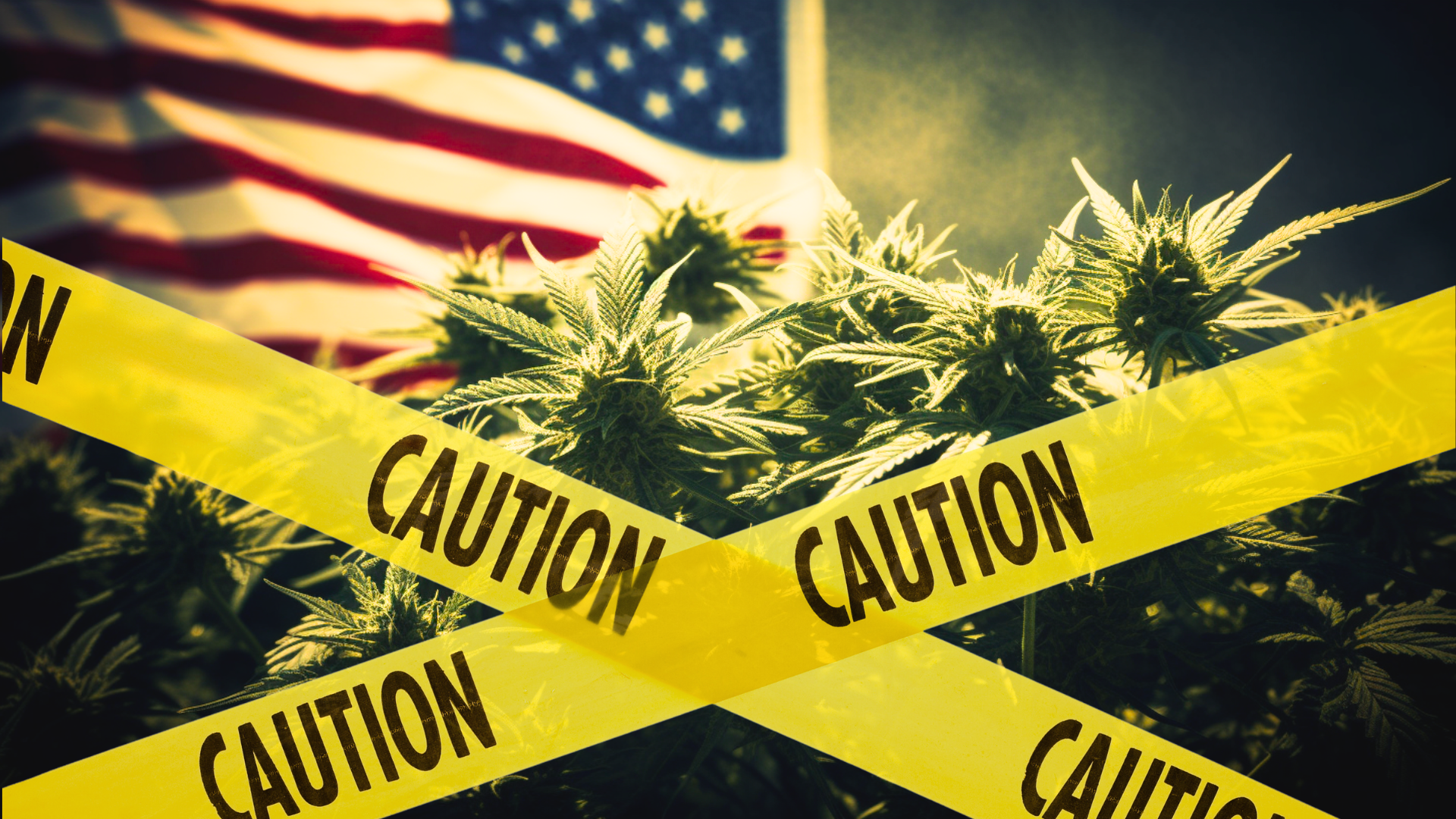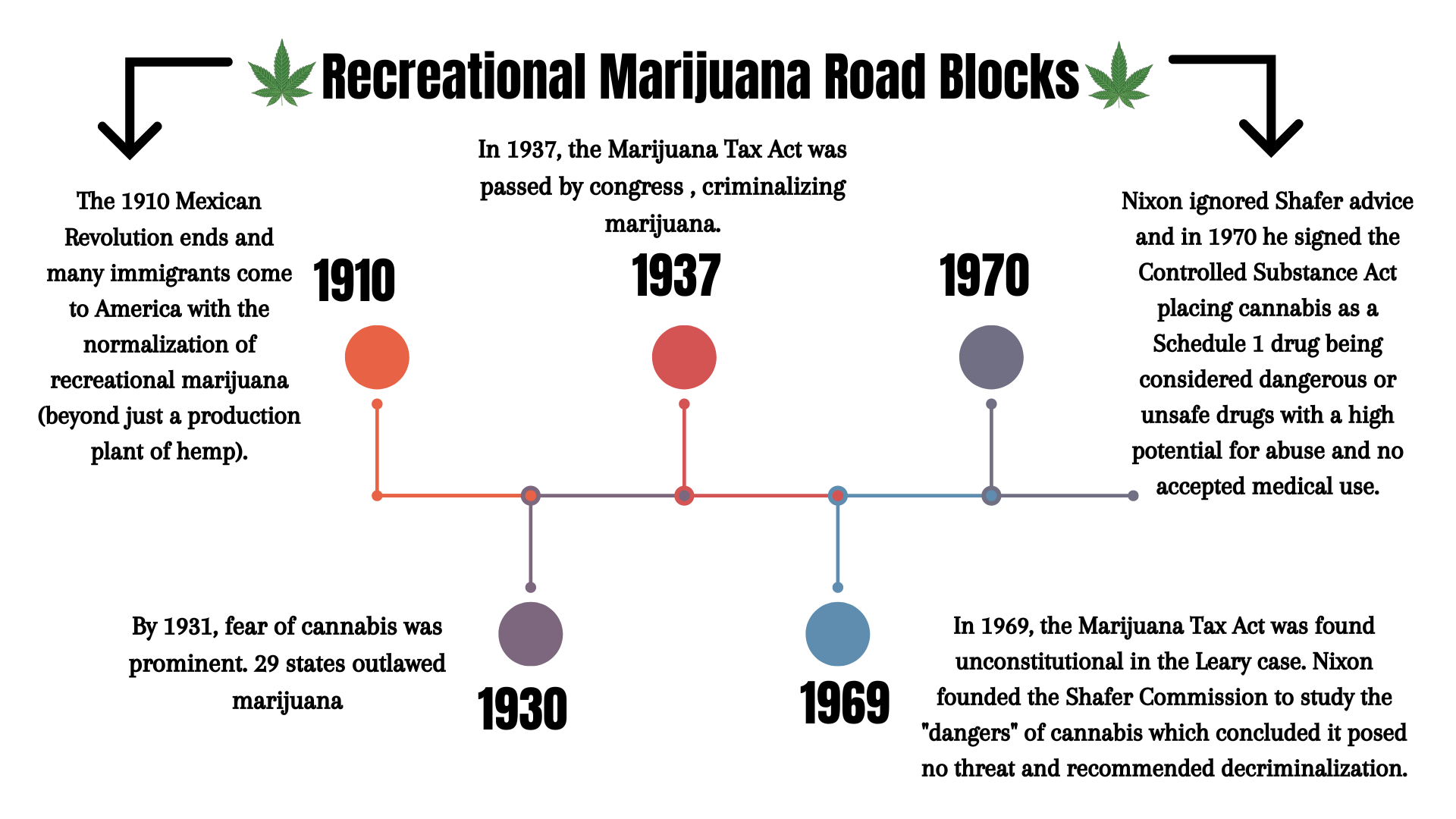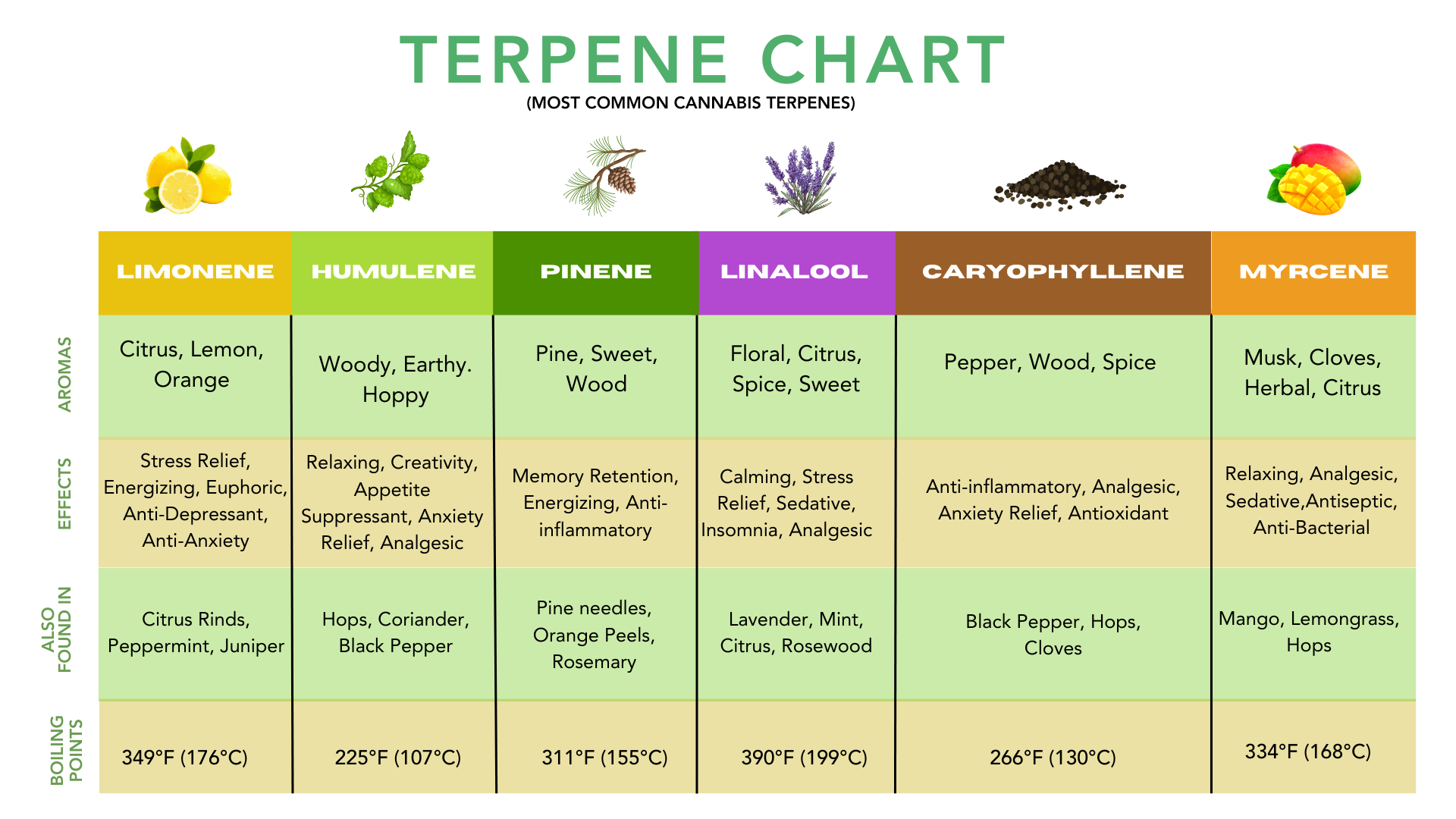History of Weed - What You May Not Know About Cannabis in USA

Elon Musk is building rockets for Mars. Smartphones are handheld supercomputers that provide instant access to the collected knowledge of humanity. AI is a standard tool for everyday life that can write the answer to almost any question you can ask…except for certain questions about cannabis.
Don't bother asking Google, either. Or that botanist with the Ivy Ph.D. you met at that cocktail party.
Why not?
Well, because none of them will have definitive answers. The unfortunate reality is that we don't know that much about weed, and the science we do have is new and inconclusive. As absurd as that seems, this is the world we live in: Musk is bound for Mars, machines are taking over the world, and a beneficial plant that humans have used for millennia remains a mystery.
How did that happen?
It happened because the United States waged a 200-year war against weed, and while the tide is turning, the war is not over yet.
We Used to Be Cool With Weed
Back in the days of powdered wigs and wooden teeth, hemp was a vital agricultural crop used to make things like ropes, clothing, and ship sails. It was so important that Jamestown passed legislation to grow hemp back in 1619, making it compulsory for farmers to grow it.
In the mid-19th century, medical cannabis was introduced to the West by William Brooke O'Shaughnessy. O'Shaughnessy was a physician who served in India under the British East India Company. He saw that cannabis was used in Indian medicine and conducted some of the first clinical trials on therapeutic use.
O'Shaughnessy published his findings in 1839, and cannabis tinctures were sold over the counter in Western countries, including the United States. By the late 19th century, cannabis was an ingredient in many medicinal products and was openly sold in public pharmacies. It was also prescribed for various conditions, including chronic pain, muscle spasms, and epilepsy.
Everything was looking oh-so-good for weed. Then everything changed.
How Cannabis Became The Enemy of The State
In 1920, the Mexican Revolution ended, and many of their people flooded our borders in hopes of a better life. Cannabis culture was already established within Mexico. White America was already gripped by fear of Black culture, and this wave of Mexican immigration fanned the flames as some began to share their recreational marijuana culture with Americans. Demonizing cannabis was a clear path to marginalize, criminalize, and control cultures of color.
William Randolph Hearst's media machine responded and linked “marihuana” use with crime and violence. Harry Anslinger, the first director of the Federal Bureau of Narcotics, linked minorities and cannabis to violence and “amoral interracial sexuality.” The first shots in the war on weed were fired, and they hit their target dead on.

Reefer Madness and The Marijuana Tax Act of 1937
By the 1930s, 29 states had banned cannabis. Then, in 1936, the film Reefer Madness was released. This propaganda film was initially produced by a church group to warn parents of the dangers of marijuana use. However, it was bought by a savvy producer, Dwain Esper, who promoted it as an exploitation film to tap into white fear about weed.
Film is a powerful medium and people tend to believe what they see. One year after Reefer Madness was released, the Marijuana Tax Act of 1937 (“MTA”) was passed, and the propaganda became the law of the land. Technically, the law didn't outlaw cannabis but implemented a heavy tax burden that was a de facto ban.
Nixon Passes the Controlled Substances Act
In 1969, the MTA was found unconstitutional in a famous case involving Timothy Leary. In response, the Nixon administration formed the Shafer Commission to “study” the dangers of cannabis. Committee Chairman Ray Shafer concluded that cannabis posed no threat to public health and recommended decriminalization.
Yet, that's not how it went down.
Nixon ignored Shafer and the advice of his own committee, and in 1970, he signed the Controlled Substances Act. Cannabis was placed on Schedule I, reserved for only dangerous or unsafe drugs with a high potential for abuse and no accepted medical use. You might be wondering how something like that can happen. John Erlichman, one of Nixon's senior advisors, was later quoted:
“We knew we couldn't make it illegal to be either against the war or black, but by getting the public to associate the hippies with marijuana and blacks with heroin and then criminalizing both heavily, we could disrupt those communities. We could arrest their leaders, raid their homes, break up their meetings, and vilify them night after night on the evening news. Did we know we were lying about the drugs? Of course, we did.”

The Prison Industrial Complex and Racial Targeting
Arrests and incarceration for non-violent cannabis offenders skyrocketed after the Controlled Substance Act was passed. The mandatory minimum sentences and three-strikes rules that followed packed privatized prisons to capacity, and these federal laws' impact on minority communities was catastrophic.
During this time, African American men in the U.S. were incarcerated four times the rate of black men in South Africa under apartheid. Moreover, the laws failed. There was no reduction in drug use, countless lives were ruined, and it cost taxpayers billions.
The liberal Center for American Progress and the conservative Cato Foundation both characterize the war on drugs as 50 years of a federal policy based on a false premise and denial of evidence-based research.
How Schedule I Killed Cannabis Research
Beyond the human cost, The Controlled Substances Act is also why we don't know much about weed. Placing cannabis on Schedule I stifled cannabis research by making it very difficult. These are just some of the obstacles that are a consequence of weed's Schedule I status:
- It's illegal to manufacture, distribute, or possess Schedule I drugs. To research these drugs, scientists must obtain approvals and licenses from the Drug Enforcement Administration (DEA) and the Food and Drug Administration (FDA). The approval process is time-consuming and bureaucratic, deterring research.
- For years, the University of Mississippi was the only federally approved source of cannabis for research. Limited availability and lack of diverse strains don't accurately represent the variety of cannabis consumers use.
- Government funding for cannabis research is hard to get. Federal agencies are reluctant to fund research that contradicts the official classification.
- Universities and research institutions that receive federal funding are hesitant to support cannabis research because it is federally illegal. Similarly, individual researchers may risk their careers researching a Schedule I drug.
- Journals are less likely to publish research on a Schedule I substance, further discouraging cannabis research.
So, while Schedule I does not technically "prohibit" research, it creates enough practical and procedural obstacles to severely hinder it. Additionally, it created a paradox for cannabis: So long as cannabis is listed as a substance with no accepted medical use, the restrictions on research make it difficult to gather sufficient evidence to challenge this classification.
What Do We Know About Weed?
The good news is that we're not totally in the dark when it comes to weed:
- We know that cannabis is a plant from the Cannabaceae family, which includes three primary species: Cannabis Sativa, Cannabis Indica, and Cannabis Ruderalis.
- We know hybrid cultivars are created when Sativa, Indica, or Ruderalis are crossed.
- We know that cross-breeding creates unique cultivars with different cannabinoid and terpene profiles which cause those cultivars to have different effects.
That said, we arec coming close to reaching our limits of our knowledge when we start talking about cannabinoids and terpenes and what they do. This is a serious problem because cannabinoids and terpenes cause the effects of cannabis.
What are Cannabinoids?
Cannabinoids are psychoactive and therapeutic compounds found in the cannabis plant. THC and CBD are the most prevalent and well-known. To date, over 100 different cannabinoids have been identified in cannabis. A short list of minor cannabinoids includes:
- CBN
- CBC
- CBG
- THCV
Due to the lack of research, we have a surface understanding of THC and CBD and know even less about the minor cannabinoids.
What are Terpenes?
Terpenes are the essential oils that give cannabis its aroma and flavor and influence its effects. There are over 150 terpenes in cannabis, but you won't find them in every cultivar. Some commonly found terpenes include:

What is The Endocannabinoid System?
Every human has an endocannabinoid system (ECS). The ECS helps to maintain balance in bodily functions such as sleep, memory, and mood. It's a signaling network of cannabinoid receptors and endocannabinoids (cannabinoids that the body produces) found throughout the body.
Humans produce endocannabinoids naturally to stimulate the receptors to maintain balanced health. Cannabis affects us because the cannabinoids in cannabis mimic endocannabinoids and bind with those receptors, but science is just beginning to understand these complex interactions.
What is The Entourage Effect?
“Entourage Effect” refers to the theory that cannabinoids and terpenes work in synergy to affect the human endocannabinoid system. It is somewhat controversial because it clashes with the established belief that marijuana's effects are attributable to THC. While it seems clear that is not the case, again, more research is needed.
Why It's Important to Know More About Weed
In terms of medicinal use, the latest science shows that cannabis may help treat a wide variety of conditions and symptoms, including:
- Anxiety
- Depression
- Chronic pain
- Inflammation
- Muscle spasms
- Nausea
- Seizures
- Insomnia
- Cancer
- Glaucoma
- PTSD
- Anxiety
- HIV/AIDS
- Neurodegenerative disease (i.e., ALS, Alzheimer's, Parkinson's)
If you noticed, we used the words “may help treat,” that's because the science is not definitive. Much of it is based on animal studies. We just don't have enough of it, which needs to change. Not tomorrow or the day after. This needs to change now.
A plant with incredible therapeutic potential is still held hostage by the federal government under an unjust law based on outright lies, and the human costs are tragic.
How Can We Get Cannabis Off of Schedule I?
Here's the roadmap to the political process that can change the law.
- Draft the Bill: We need a member of Congress (either in the House of Representatives or the Senate) to draft a bill to take cannabis off schedule I.
- Introduce the Bill: Once the bill is written, the member of Congress formally introduces it.
- Committee Review: After introducing the bill, it's sent to the committee. The committee studies the bill and may make changes. Most bills die in committee. Only a small percentage are sent back to the floor of the House or Senate for a vote.
- Debate: If the bill passes out of committee, it goes to the floor of the House or Senate for debate. Members discuss the bill, and further changes can be made.
- Voting: After the debate, the members vote on the bill. If it gets a majority of votes, it passes and is sent to the other chamber of Congress, where the process is repeated (committee review, debate, vote).
- Conference Committee: If the House and Senate pass different versions of the bill, a conference committee is formed to reconcile the differences. Once the committee agrees on a final version, the bill is sent back to both houses for a final vote.
- Presidential Action: If the House and Senate approve the bill, it is sent to the President. The President can either sign the bill into law or veto it. If the President vetoes the bill, it goes back to Congress. If two-thirds of the House and Senate members vote for the bill, the President's veto is overridden, and the bill becomes law.
- The Bill Becomes Law: If the President signs the bill or Congress overrides a Presidential veto, the bill becomes law.
So, if cannabis research is important to you, the most important thing you can do is be politically active.
STIIIZY Leads The Way
At STIIIZY, we don't just talk about it. We're all about it. We are politically active, lobby for progressive cannabis laws, and support pro-cannabis politicians and causes.
Visit any STIIIZY location or hit us up online and ask how you can help!
The content provided on this blog is for informational purposes only and is not intended as professional medical advice, diagnosis, or treatment. Please consult with your healthcare provider and local laws before purchasing or consuming cannabis.

